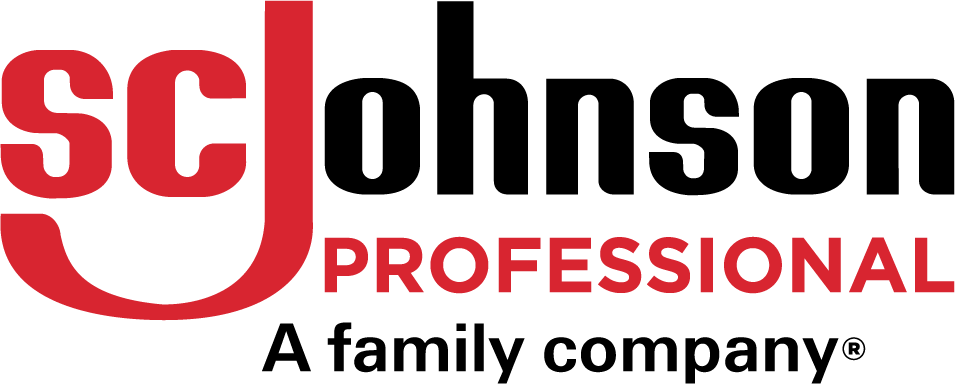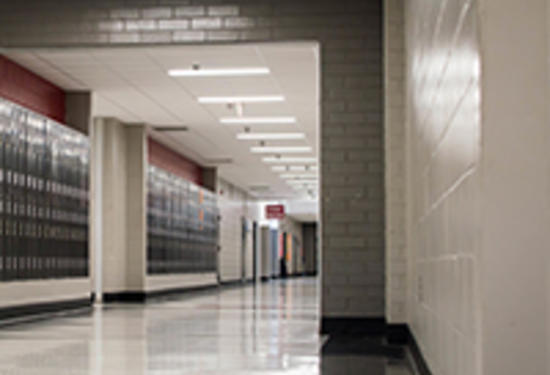6 Essential Tips to Curb Costly Winter Floor Issues
By SC Johnson Professional
During winter months, it’s nice to appreciate a snowfall because it leads to fun activities like sledding and making snow angels. However harsh winter weather can easily damage a facility’s floors as salt, slush and debris are tracked throughout a building. Facility managers should consider how they address floorcare during the winter by developing a plan to keep floors clean. This can help to extend the life of floors and protect a business’s reputation.
Protecting an Expensive Asset
A potential high-cost area of concern during winter months is how salt and other winter debris affects a floor’s finish. If floors are not properly maintained on a regular basis, winter damage can reduce the life of flooring, leading to an increased number of floor replacements over time. leaning teams can get ahead of this issue by mopping facility floors regularly and incorporating floor neutralizers and conditioners, like SC Johnson Professional’s Heavy Duty Neutral Floor Cleaner and the SC Johnson Professional Floor Neutralizer and Conditioner.
Helpful tips for winter floorcare include:
- Watch for puddles. High-traffic areas should be monitored regularly by cleaning staff to keep floors clear of puddles, which are common during the winter. Be sure to place proper warning blockades around puddles, or areas to be cleaned.
- Deal with salt. Prior to cleaning a floor, a cleaning team member should dissolve whatever salt and debris is present in the area. This can be done by diluting a neutral floor cleaner into a mop bucket, then adding a floor neutralizer and cleaner.[1] It’s crucial that this be completed with a mop, and not an auto scrubber since the scrubbing pad could cause the salt to grind into the floor, leading to floor damage. Also be sure to sweep up any remaining salt from outside entryways in between snow falls.
- Vacuum for victory. After a floor has been sufficiently wet via mopping, the next step is to use a wet or dry vacuum to collect the solution of salt and chemicals that were applied across the floor. If an auto scrubber is used for this step, it must be in the vacuum setting only to help reduce the risk of further floor damage.
- Keep up with cleaning. Now that the salt has been removed from the floor, regular cleaning procedures can take place. Cleaning teams should feel free to use a regular mop or an auto scrubber if they have one available to apply floor cleaners.
- Consider scraper mats. To help minimize how much debris enters a facility, facility managers can consider adding scraper mats to their facility’s entrance. Mats should be wide enough to cover entryways, and long enough so employees and visitors can take the recommended 10-12 steps to knock off dirt and debris.[2] Be certain to vacuum, clean and refresh entry mats regularly.
- Communicate cleanliness. During the pandemic, consumers have become highly focused on cleaning and hygiene. In fact, a recent study found nearly 9 in 10 (88%) of consumers pay close attention to the cleanliness levels of the businesses they frequent.[3] In addition, 86% of consumers from that study shared they’d like to see proof that businesses like retail stores, restaurants, offices, gyms or schools are cleaned often. To ease their concerns, facility managers can look for ways to communicate cleaning procedures or encourage cleaning during business hours.
Floors are the first asset people notice when they enter a building and experience the most wear and tear during winter months. A good floorcare program during the harsh winter months can help extend the life of floors and protect a business’s reputation. Consider a wholistic approach to winter floorcare that includes spot cleaning puddles, dissolving salt, vacuuming, regularly cleaning floors and communicating procedures to building guests.
For more information about SC Johnson Professional floor care solutions, visit https://www.scjp.com/en-us/products/product-category/floor-care-6176.




